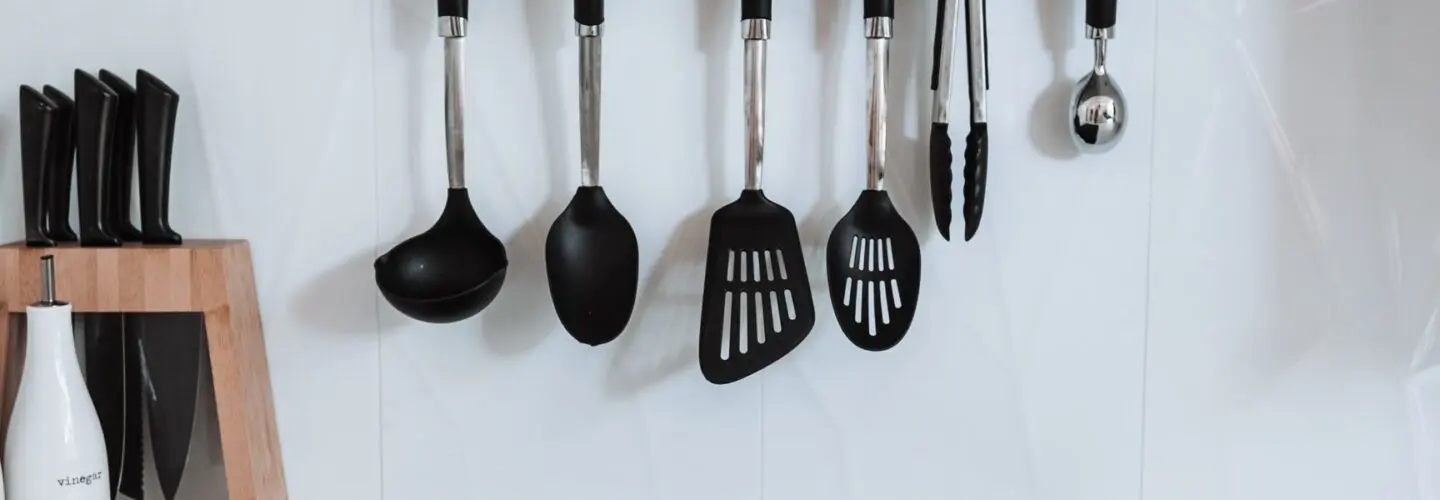Hot Topic: Dispelling the Myths about Induction Stoves
Induction stoves have become a hot topic as of late. With the push for the transition to renewables getting stronger than ever, so does the push from fossil gas advocates. Their newest target is induction stovetops, and creating fear around the move away from gas stoves. We’re here to dispel some of the myths and misinformation around induction cooktops.
Myth: Induction is not as powerful as gas and doesn’t get as hot
Fact: Induction is actually far more powerful than gas, given how efficient they are at dispersing heat across the surface of the cookware. While open flames wrap around a pot or pan, losing temperature and equal heating, induction is able to cook more precisely.
Myth: You’ll have to replace all of your cookware, costing you hundreds more
Fact: Induction cooktops do require cookware made of magnetic materials, meaning copper and aluminum pans are unable to work. However, most good quality alloy, cast iron, and other ferromagnetic material pots and pans will work well on induction cooktops. You likely already have all of the cookware you would need for an induction system.
Myth: Glass cooktops aren’t strong and will break much easier
Fact: Induction cooktops are incredibly strong and are all safety tested to withstand significant weight and pressure. When shopping, look for ceramic glass top induction stoves for the safest and strongest option.
Myth: Induction stoves are more expensive than gas
Fact: While induction cooktops can be expensive, the Inflation Reduction Act has made it more affordable than ever. Even if installing a full induction stovetop is outside of your budget, there are single burner induction cooktops available for as little as $50. Once you have your induction cooktop, the actual cost of operating it is significantly less than a gas range or an electric range. Because induction stoves are incredibly efficient, they utilize 85-90% of the energy they generate, making them the most energy efficient cooktop option.
Myth: Induction stoves can interfere with medical devices like pacemakers
Fact: There has never been a recorded instance of pacemaker interference with induction cooktops. The American Medical Association has never listed induction cooktops as a risk to those with pacemakers, despite listing many other everyday devices that can interfere. The magnetic wave of an induction stove only extends about an inch off the surface when not covered in a pot or pan.
Additional benefits to switching to induction:
IRA rebates make it more affordable, with rental households and households earning less than $210k getting rebates of up to $840 to switch to induction from gas. Many state energy efficiency programs also offer incentives – for instance MassSave offers a $500 rebate.
Switching to induction means fewer preventable illnesses and diseases in your household. In the last few years, studies have shown that natural gas infrastructure leaks more often than previously thought – making the greenhouse gas impact higher than coal in some cases. In addition, the gas mixture contains many toxic chemicals and stoves in the Boston area were found to leak even when not in use. Finally, gas in the household has proven to increase respiratory illnesses like asthma by as much as 12.7% for children.




















Follow us